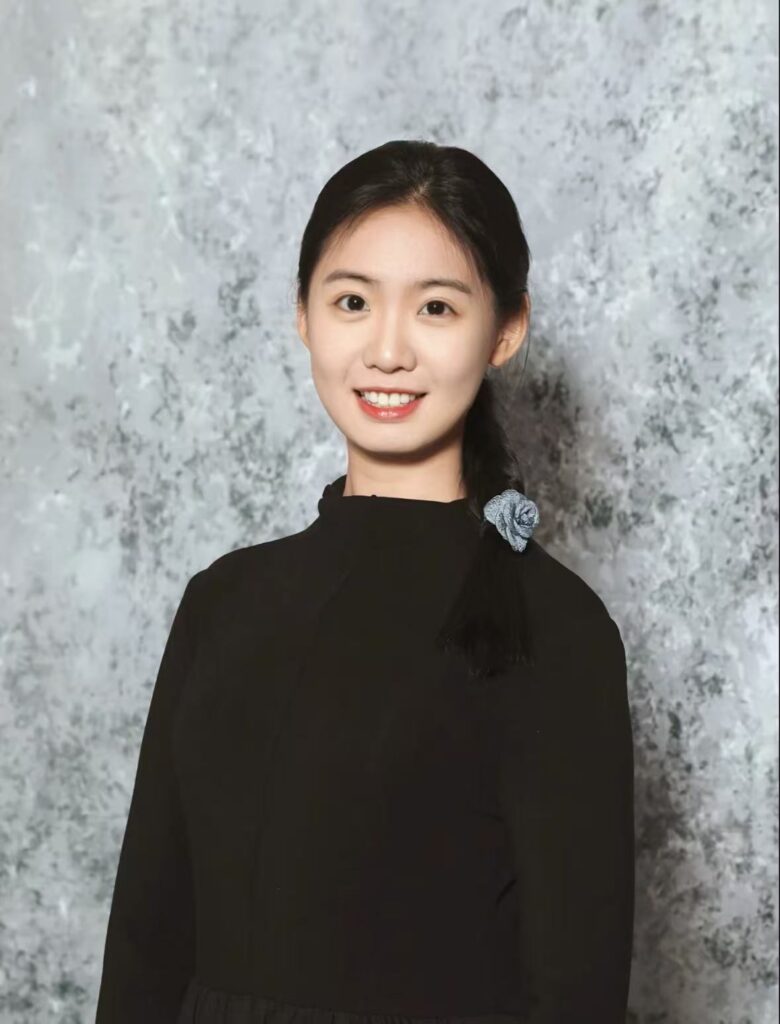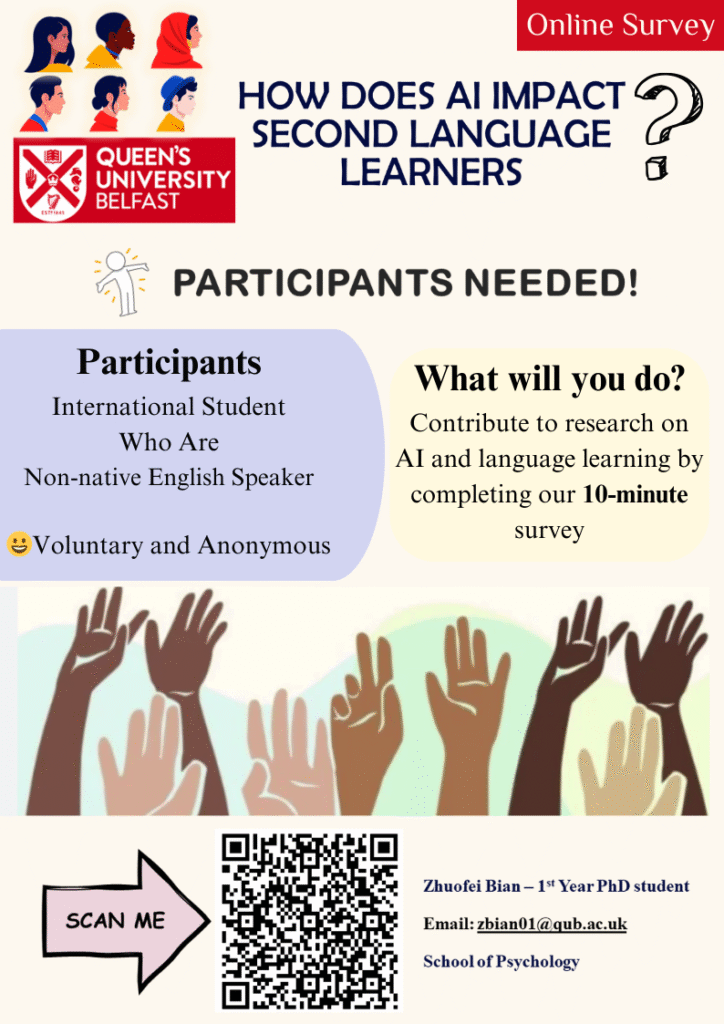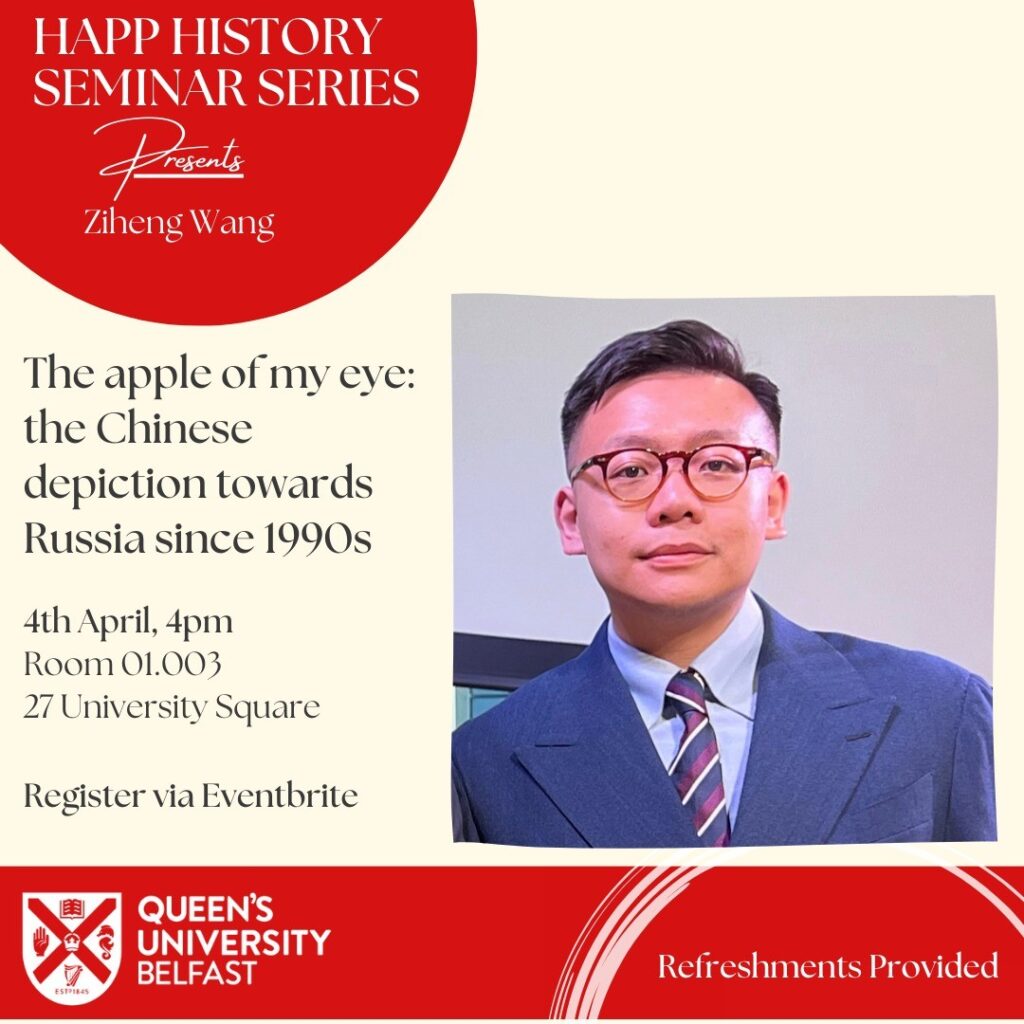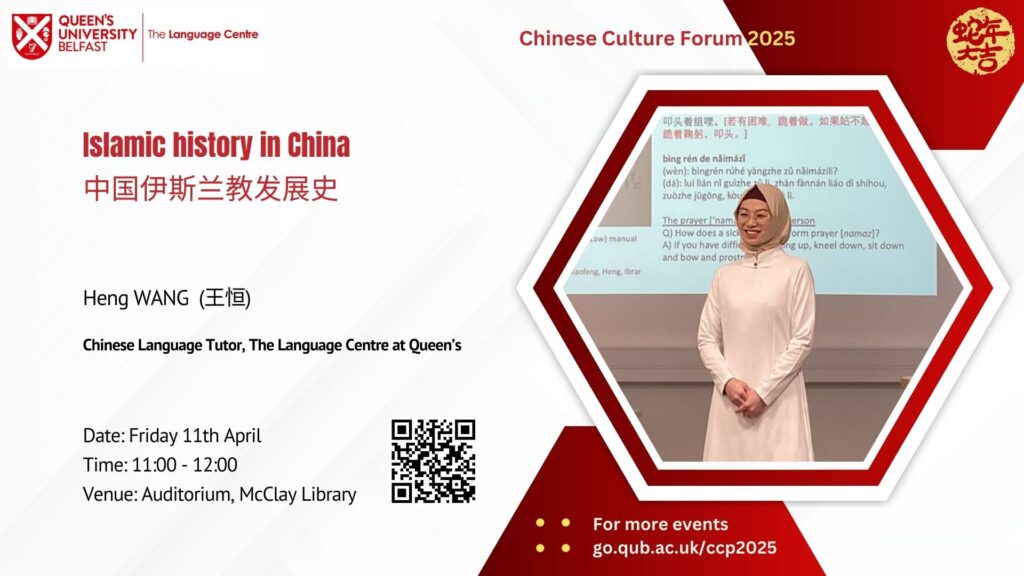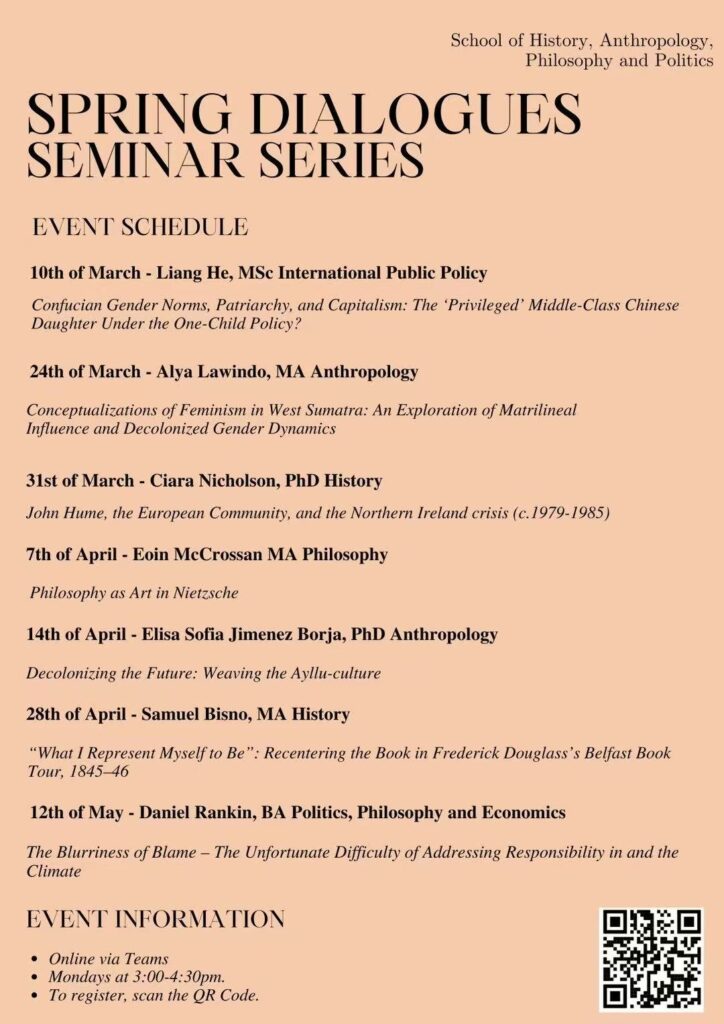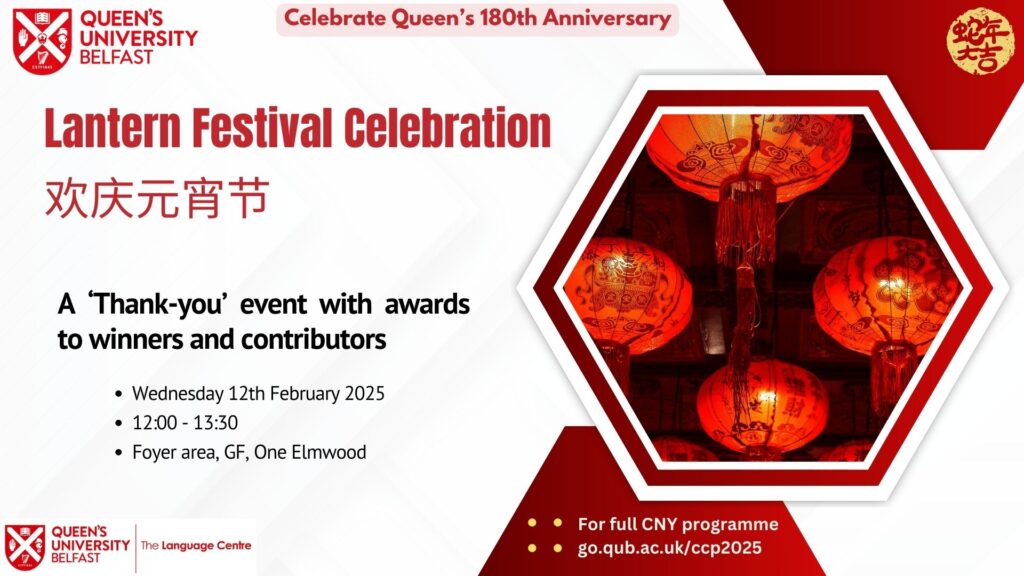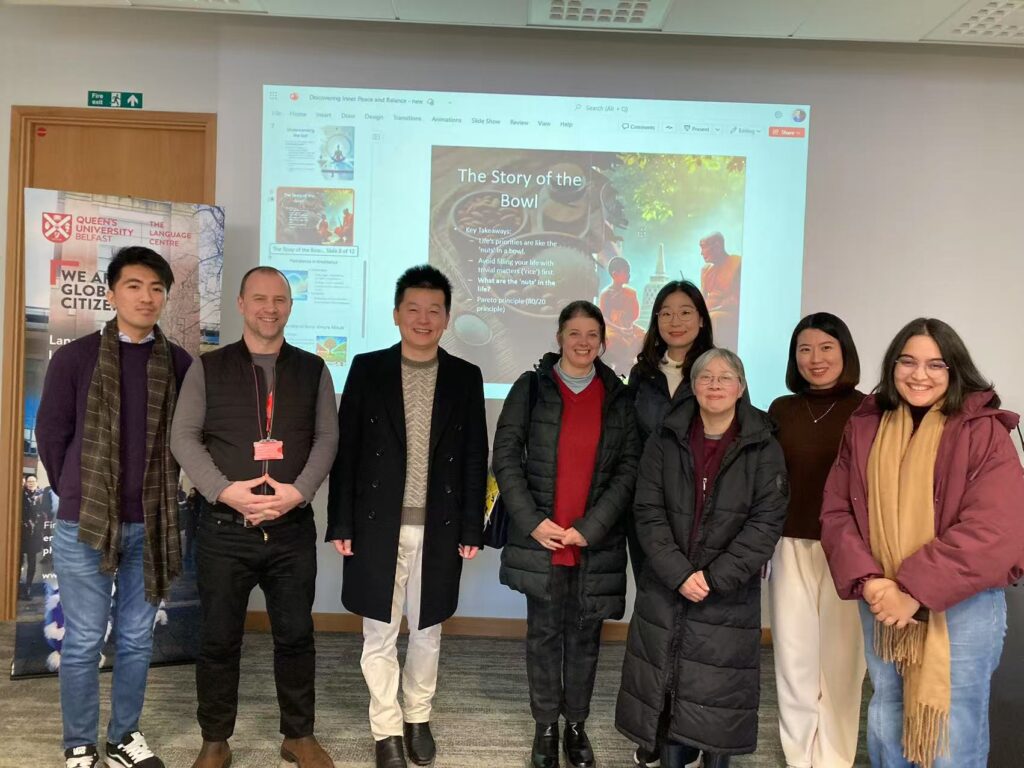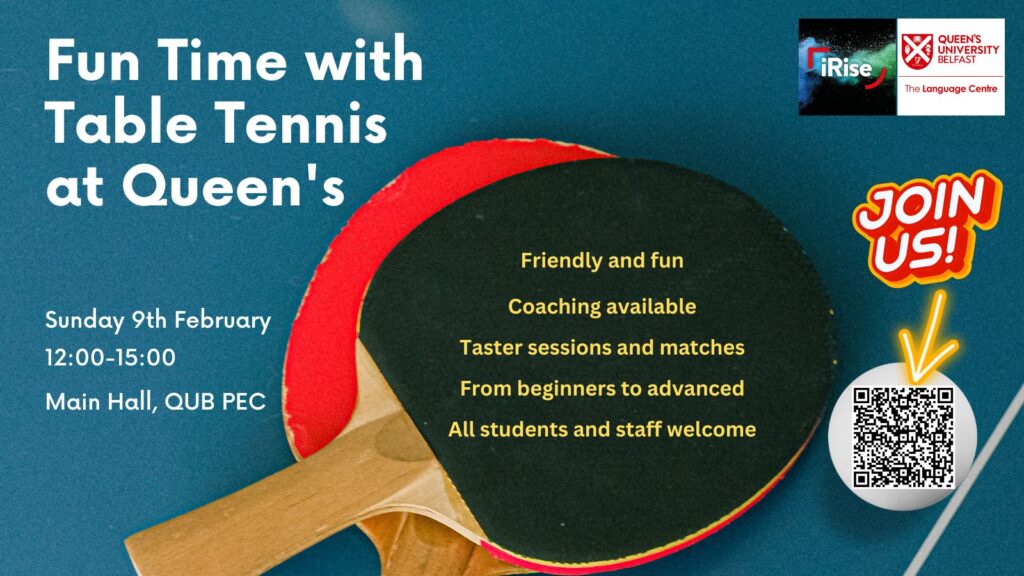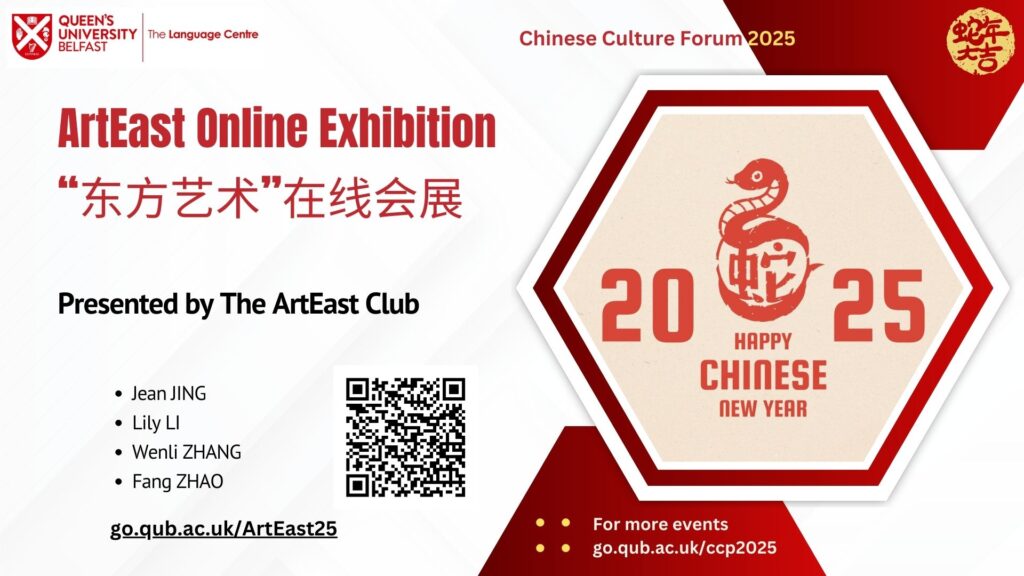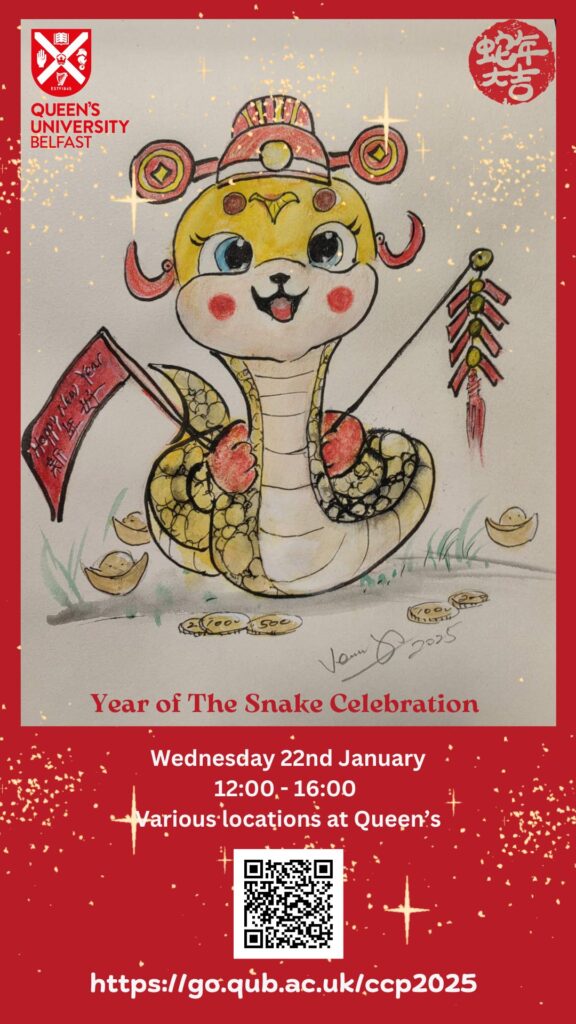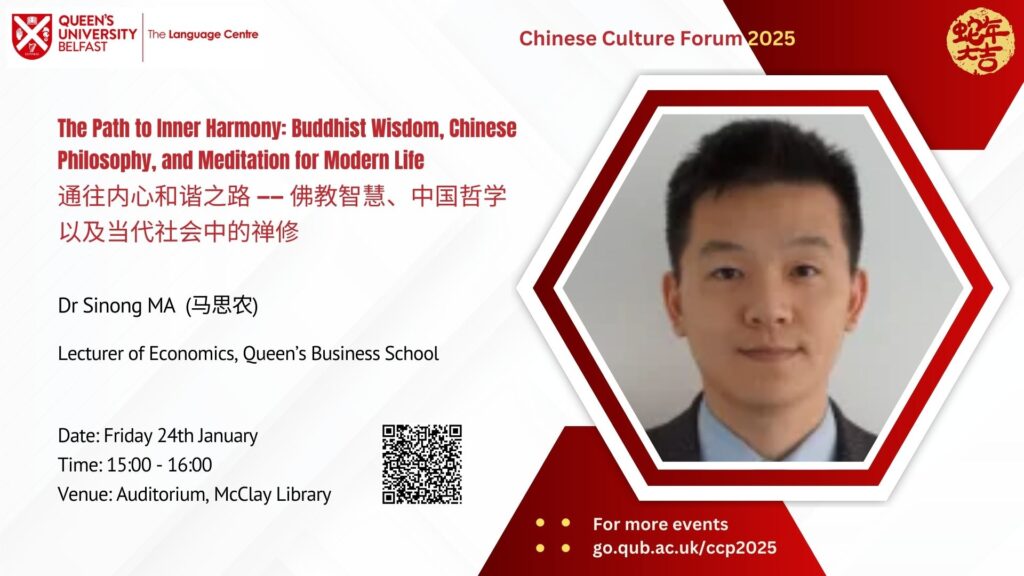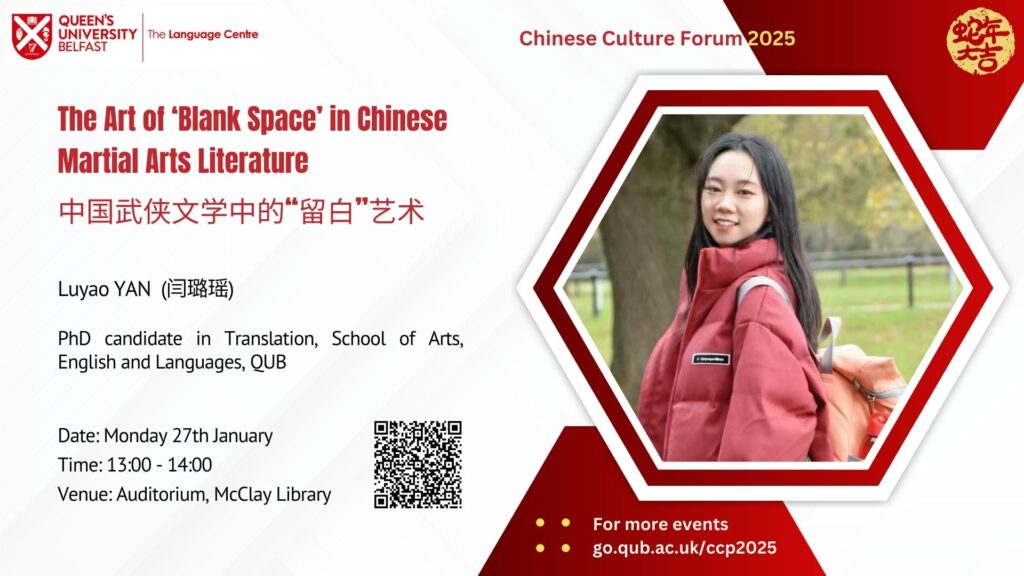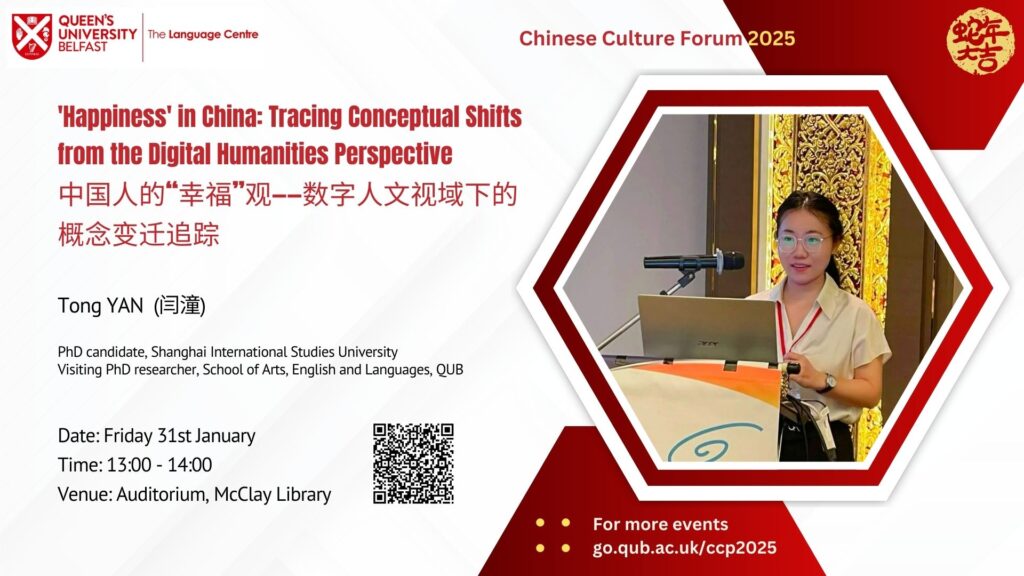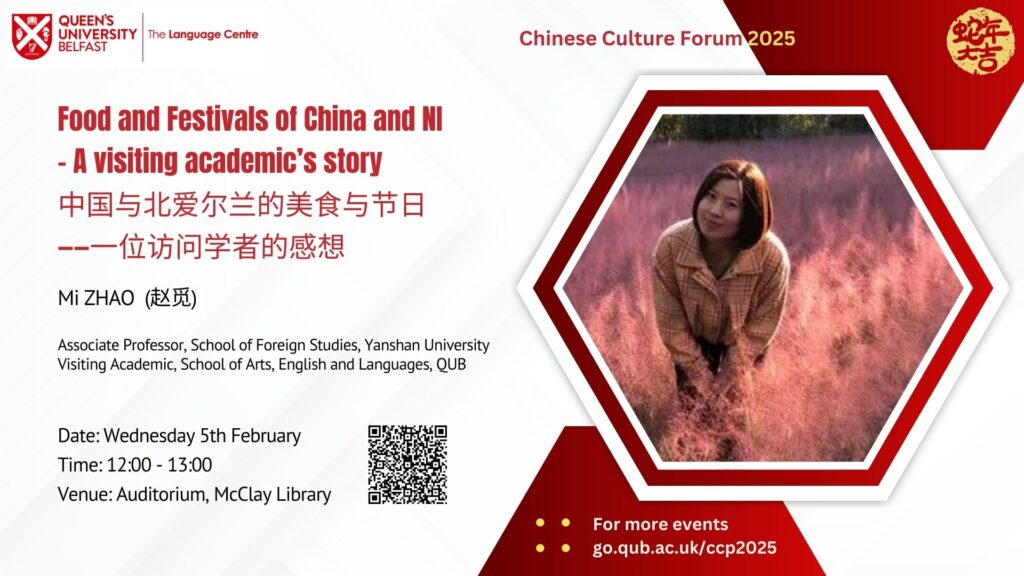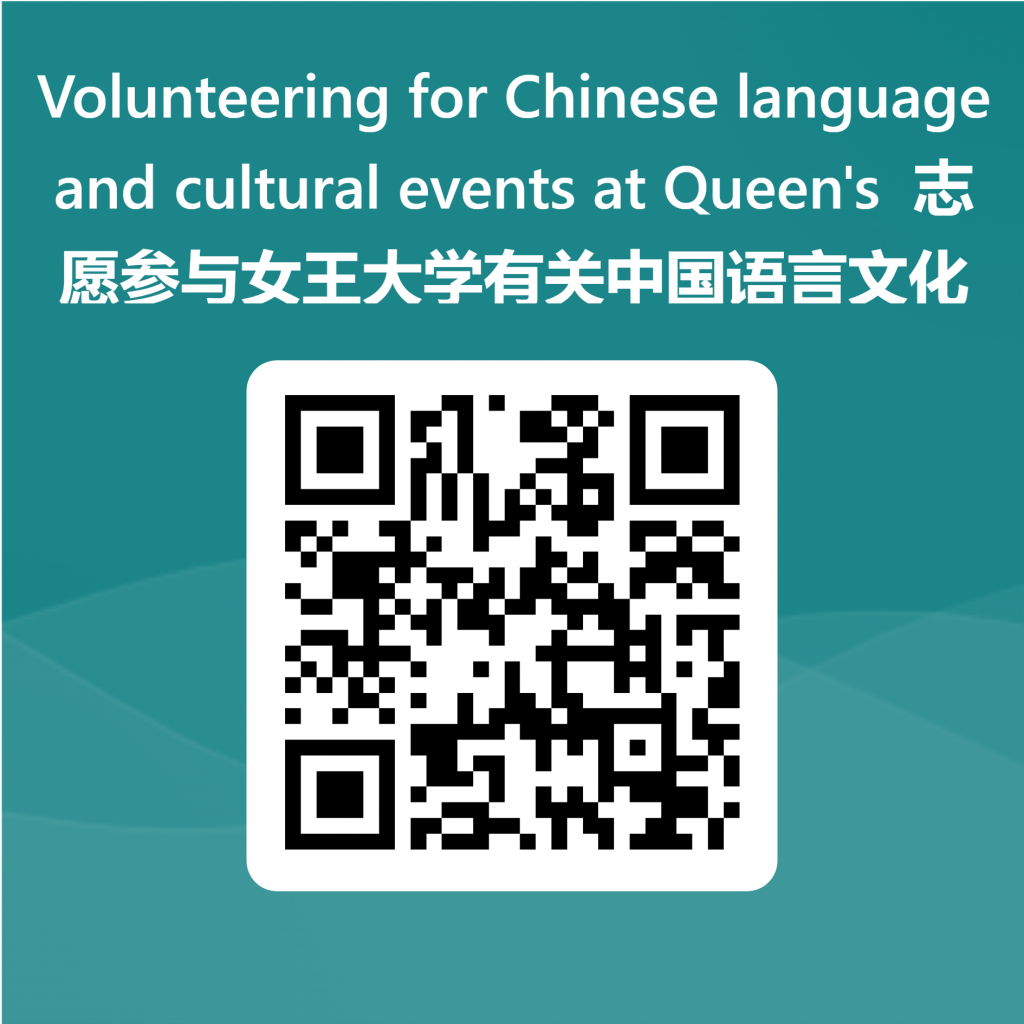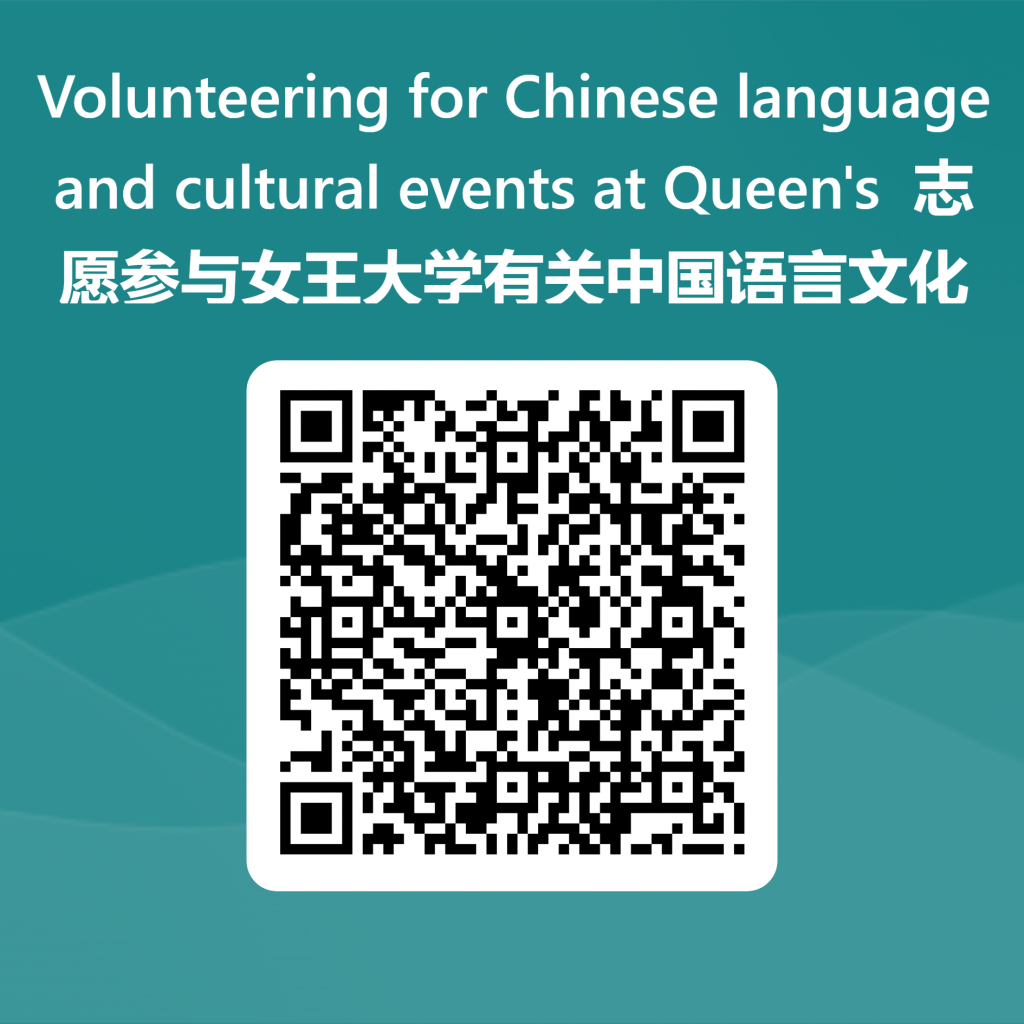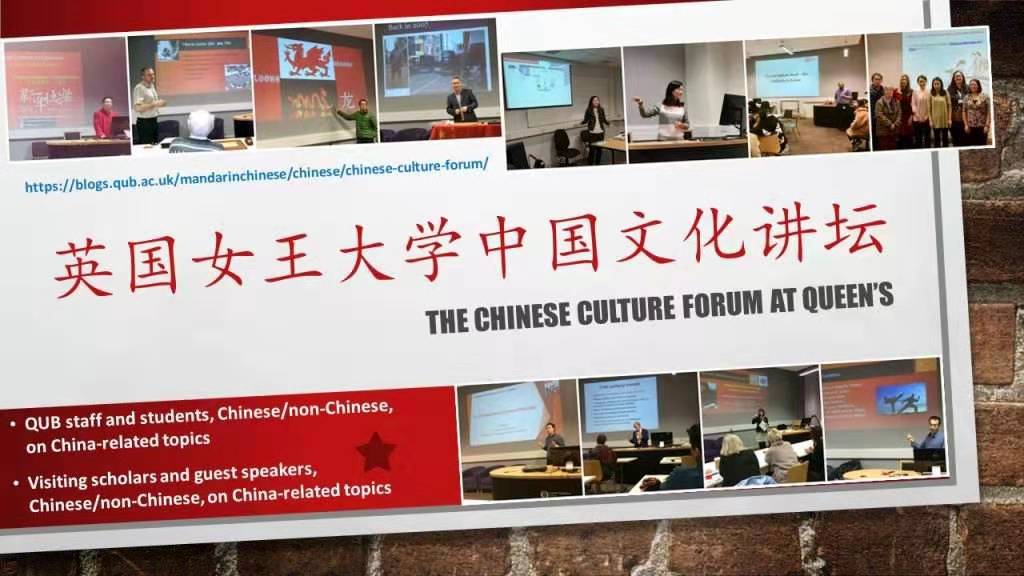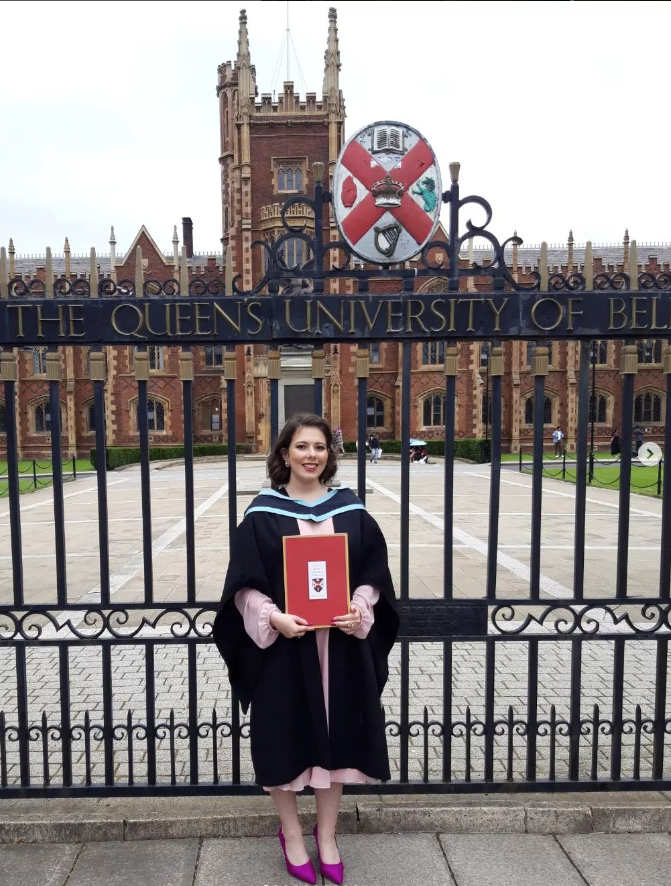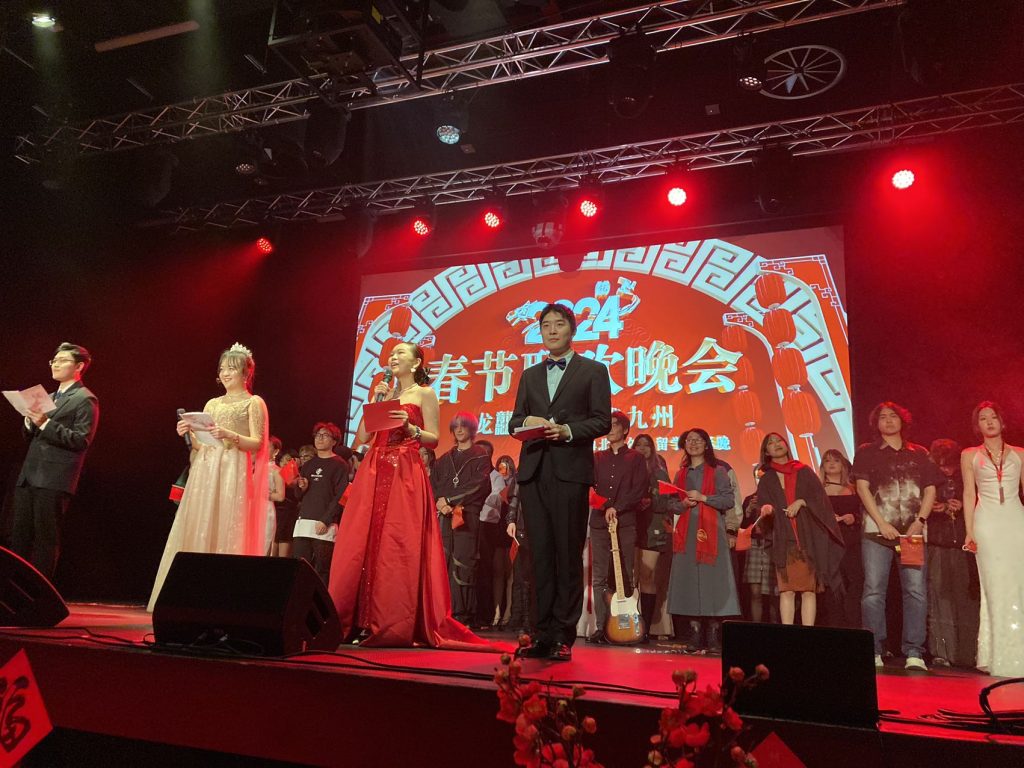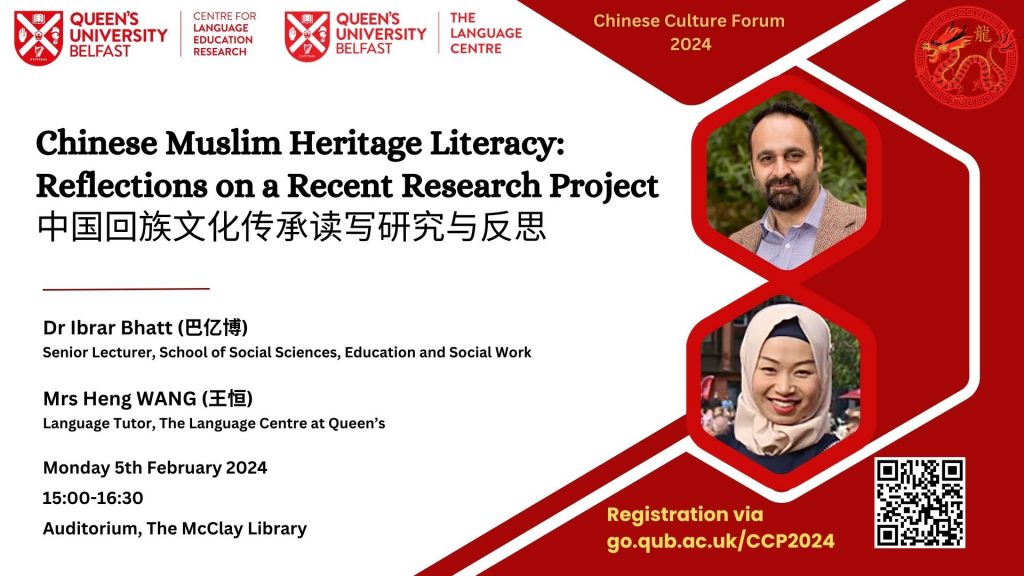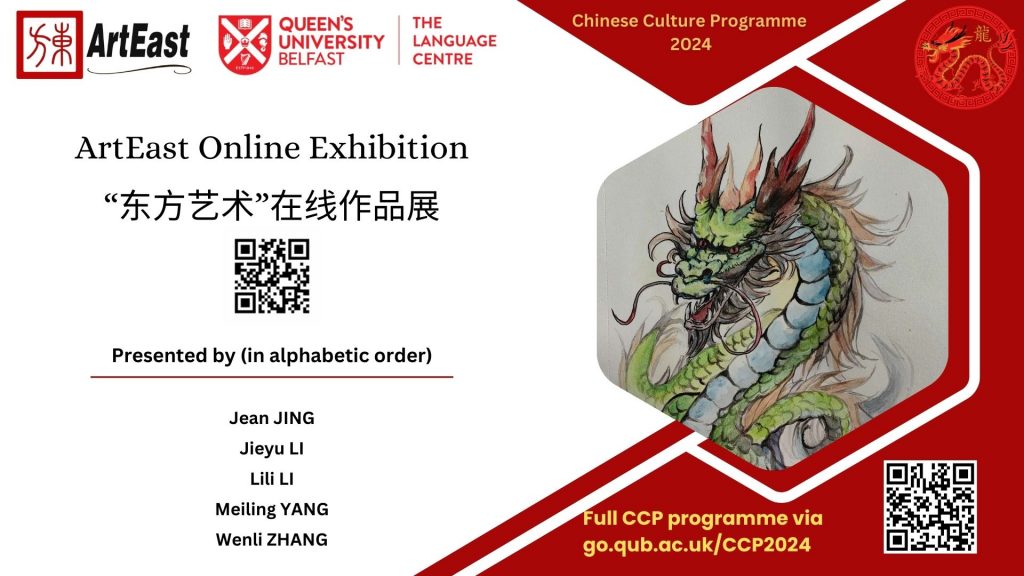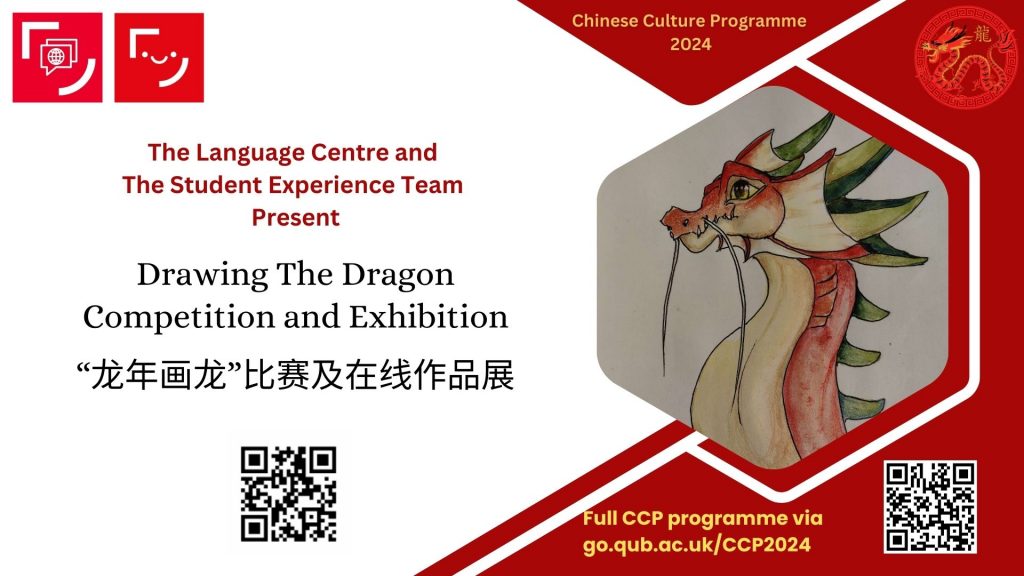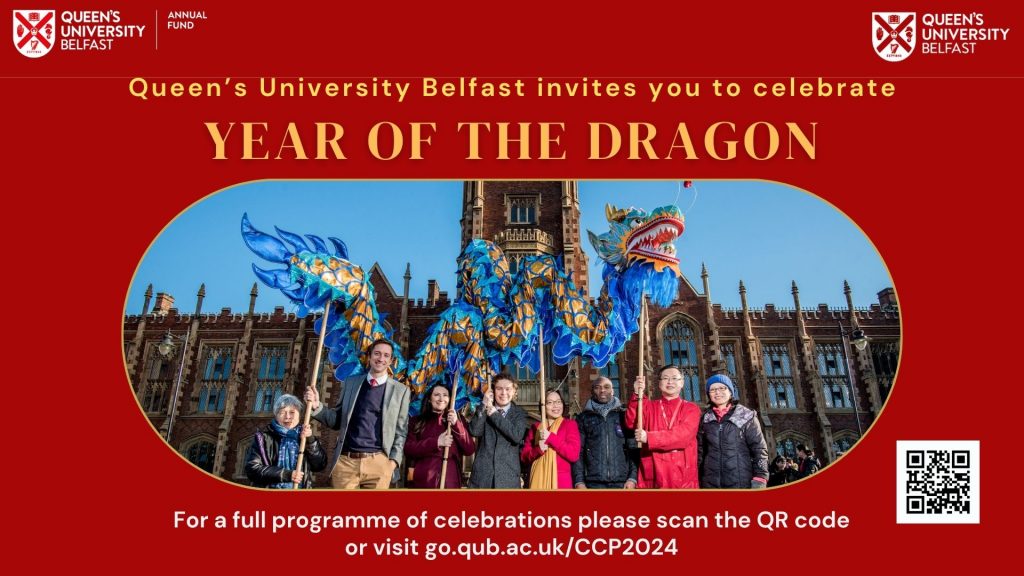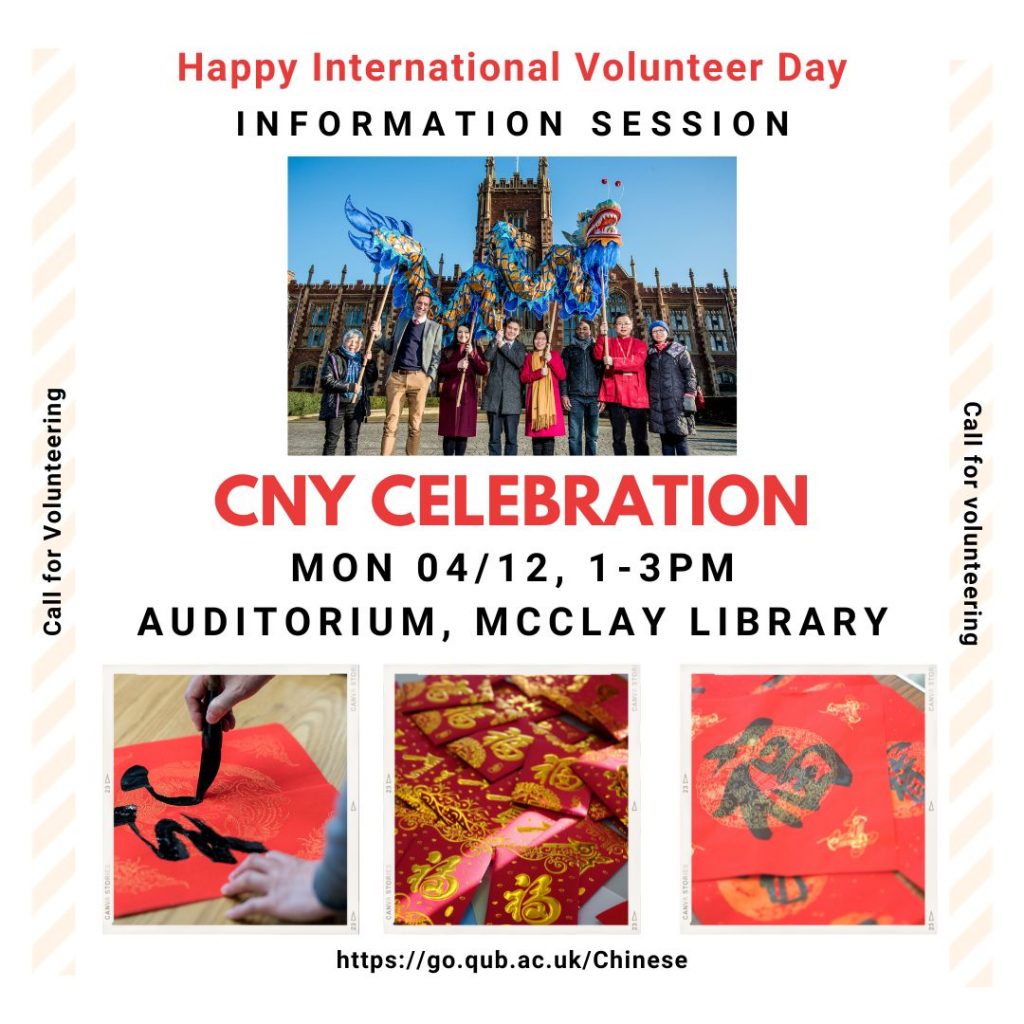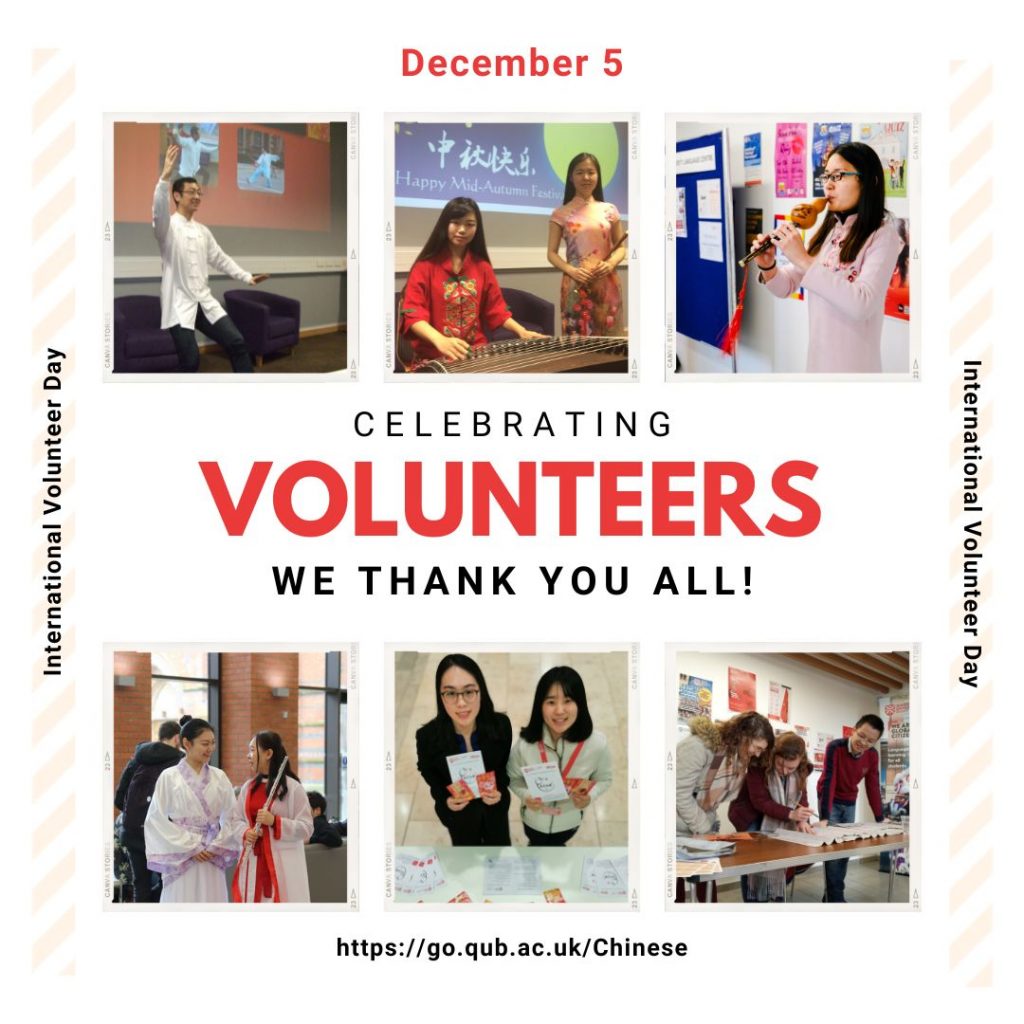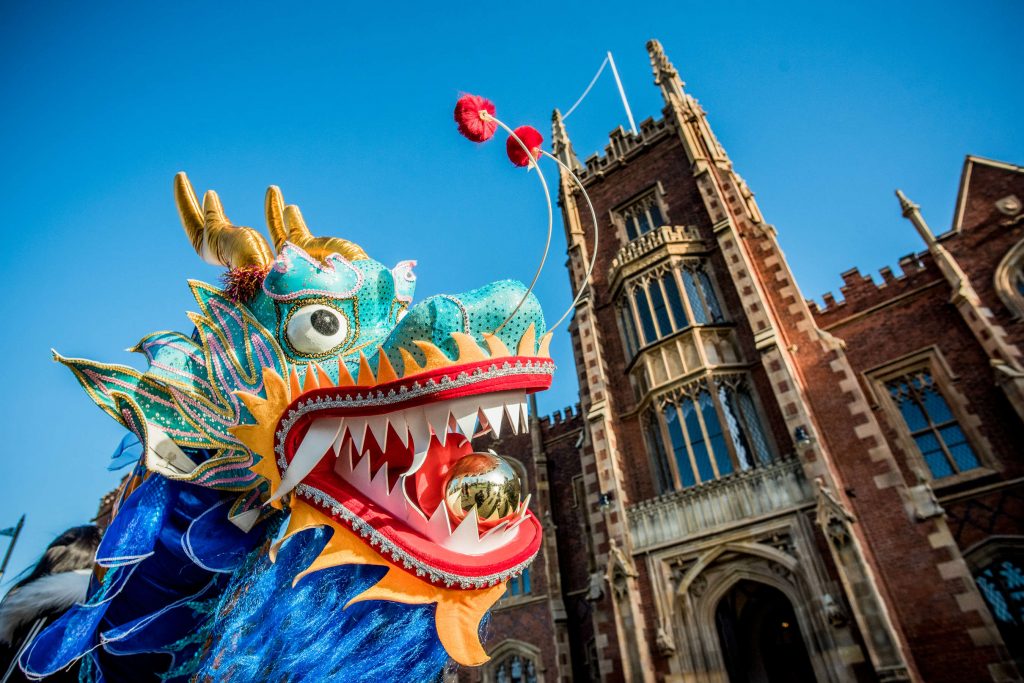Despite a busy – and perhaps slightly tedious – November filled with deadlines and submissions, the Chinese community at Queen’s, including both scholars and students, continues to bring campus life to full vigor and vitality.
This month, two academic seminars are scheduled, and we warmly invite you to attend and take part in these stimulating academic dialogues.
Seminar 1
Ni Yang, PhD student from School of History, Anthropology, Philosophy and Politics, will present ‘1976-1995: The Intersection of Urbanisation and Artistic Liberation in China: Beijing East Village’ at the History Seminar.

- Date: Thursday 14/11
- Time: 4:00 – 5:30 pm
- Venue: 27 UQ / 01 / 003
- Registration: via Eventbrite
This seminar examines Beijing East Village (1992–1995) as a unique outcome of China’s post-Mao transformation, set against the backdrop of urban restructuring, market reforms, and shifting cultural policies. Following the end of the Cultural Revolution and the ideological thaw of the 1980s, Beijing underwent rapid urbanisation, the demolition of traditional neighbourhoods, expansion of infrastructure, and emergence of informal ‘urban villages’ on the city’s periphery. In these liminal zones, beyond full state control, artists forged new spaces for experimentation. East Village became a focal point where figures such as Rong Rong, Lü Nan, Zhang Huan, and Ma Liuming developed radical performance and photographic works that challenged social norms and redefined artistic freedom. Through case studies including 12 Square Metres, Fen-Ma Liuming’s Lunch, and To Add One Metre to an Anonymous Mountain, this seminar explores how photography mediated between transient performances and enduring cultural memory, amplifying their impact across domestic and international contexts. Situating East Village within the broader currents of economic reform, spatial politics, and cultural negotiation, it reconsiders the role of art in documenting, critiquing, and shaping a rapidly transforming society.
Ni Yang is a PhD student specialising in the intersection of history and photography, examining how images both document and shape historical change. His doctoral research investigates the cultural, political, and urban transformations of post-Mao China, analysing how photography operates as a medium for recording social realities, constructing public memory, and negotiating cultural identity. By situating photographic practice within the broader historical currents of reform, urbanisation, and shifting cultural policy, his work reveals the complex interplay between visual culture and the lived experience of historical transition.
Refreshments, drinks, and snacks will be provided. We look forward to seeing you there!
Seminar 2
Dr Zi Yang, on behalf of the Private and Commercial Research Cluster, warmly invites you to join the research seminar with Professor Xiahong Chen, a visiting scholar from China University of Political Science and Law, on Tuesday 18th November in Board Room 2 (MST / 08 /014), School of Law.

- Date: Tuesday 18/11
- Time: 9:30 – 11:45 am
- Venue: MST / 08 / 014
- Registration: via Forms
Professor Xiahong Chen is Research Fellow at the Bankruptcy Law & Restructuring Research Centre of the China University of Political Science and Law (CUPL) and Senior Editor and Director of the Journal of CUPL (core comprehensive academic journal in China). He is an internationally recognised scholar of bankruptcy and insolvency law, with over 18 books and numerous impactful articles in leading journals, including Annotations to the Enterprise Bankruptcy Law (Peking University Press 2021) and Notes on Bankruptcy Law (Law Press 2021). His research has been translated internationally, and he is a member of INSOL Europe, INSOL International, and the American Bankruptcy Institute. The talk with focus on China’s recent Insolvency Law reform.
Refreshments, drinks, and snacks will be provided. We look forward to seeing you there!

